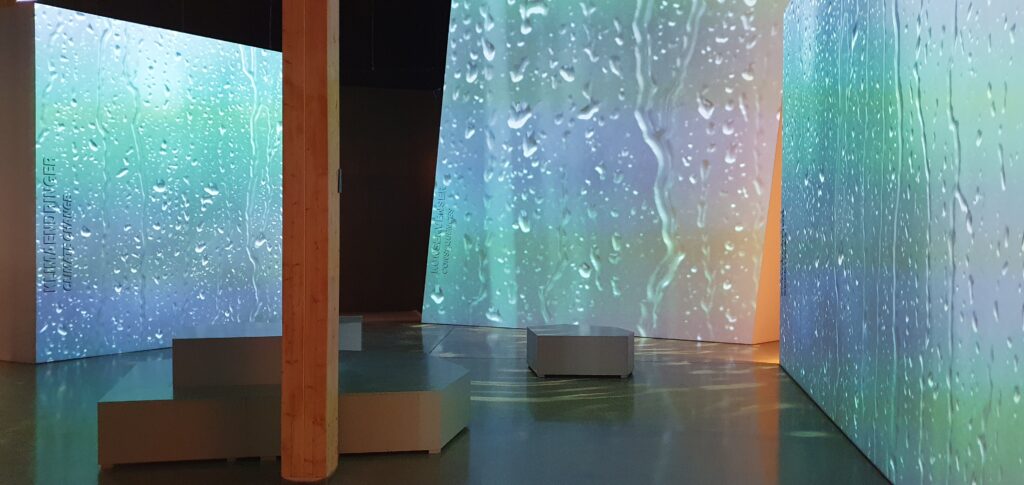
PhD Defence: Sophie Decroupet, “Translating Nature in the Museum”
Sophie Decroupet will be defending her PhD thesis entitled “Translating Nature in the Museum: Memorial Practices in Exhibitions about the Environmental Crisis” on Tuesday 29 April 2025 at 2 p.m. CET (Brussels time). In this project, Sophie looks at the ways in which museums translate the environmental crisis for their visitors and use memorial displays to do so. If you are curious about Sophie’s research or would like to celebrate with her, you are warmly invited to join.
The defence will take place in room A1.04 on the first floor of the A Building, Abdisstraat 1, 9000 Ghent, but attending virtually is also possible (through Teams). The presentation and discussion will be in English. For those on site, the defence will be followed by a reception.
If you would like to attend, please let Sophie know by filling out this form.
Abstract
In their exhibitions, natural history museums communicate nature and the environmental crisis to visitors. This can be defined as a form of translation that occurs in several ways. It includes translation across languages (interlingual), as museums bring stories of the consequences of the environmental crisis from all over the world to their local visitors, and try to make their exhibitions accessible to diverse linguistic groups. Additionally, the way that exhibitions represent various groups, cultures, and nature; share expert knowledge with the general public; and display narratives can all be understood as types of translation (cultural, intralingual, and multimodal) that collectively form “museum translation.” In this project, I use this museum translation approach to propose a transnational study of three natural history museums. I focus on displays that invite visitors to grieve the changes and losses that are part of the environmental crisis. I argue that, with new displays and evolving roles, museums of natural history are gaining significant similarities with memorial museums, which calls for their conceptualization as museums of environmental memory. I contend that museums are shaping and cultivating environmental memory, which prompts me to question the representation of victimhood and responsibility, and to reflect on the emergence of a series of “icons” that have come to embody the crisis in this context. Using a translational approach also specifically sheds light on how museums communicate the global and local aspects of the environmental crisis and engage in reflective thinking about our relationship with other species.
